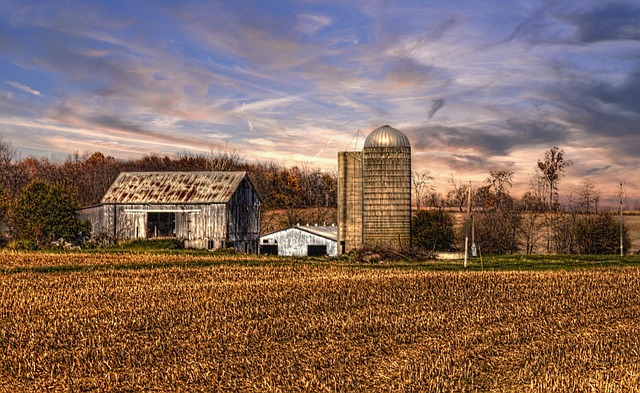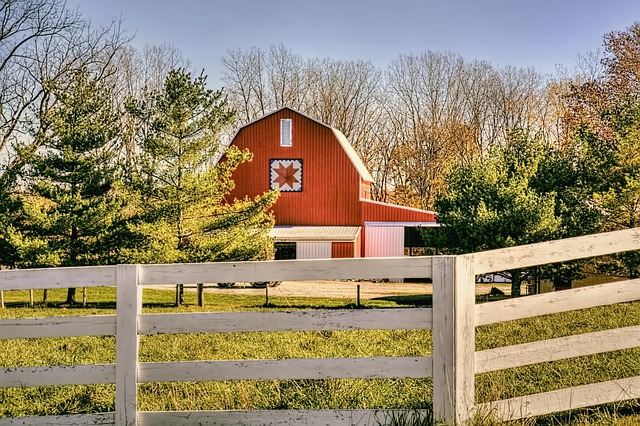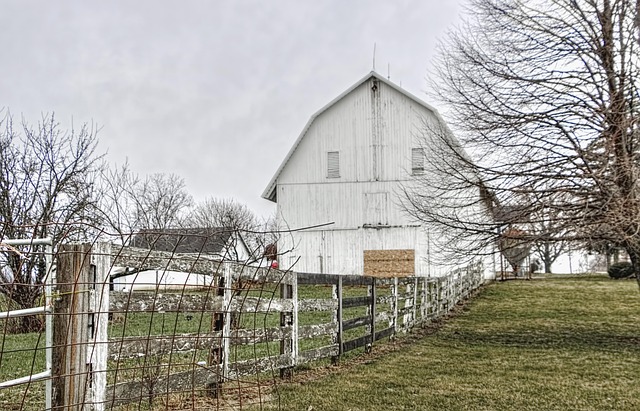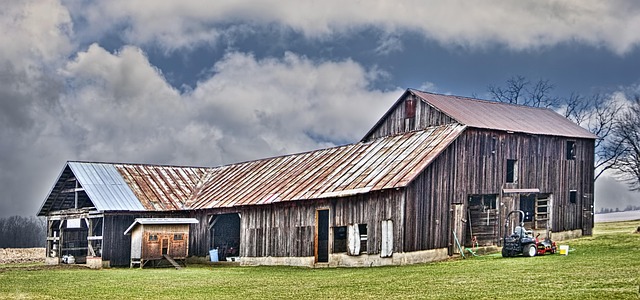Urban development evolves with mixed-use real estate projects integrated around railway hubs, revitalizing peripheral areas and attracting investors. Scenic train routes boost local economies by increasing property values and tourism, while strategic urban planning balances efficiency with aesthetic appeal to preserve residential tranquility and enable sustainable growth.
“Imagine a vibrant city center transformed by a bustling railway hub, where scenic trains weave through urban landscapes, attracting locals and tourists alike. This is more than just a transportation revolution; it’s a real estate game-changer. Unlocking the potential of railway real estate offers unique opportunities for urban development. Integrating infrastructure seamlessly requires meticulous city planning, ensuring a harmonious blend of modern transit and historic charm. In this article, we explore these aspects, delving into the magnetic allure of scenic trains and their profound impact on the surrounding areas.”
Unlocking Potential: Railway Real Estate Opportunities
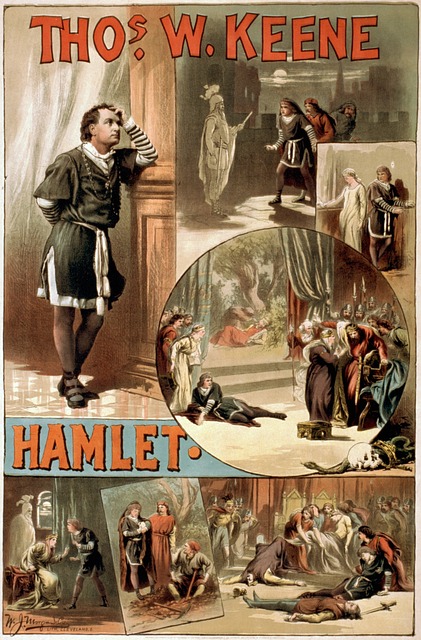
The potential of railway hubs extends far beyond their role as transportation gateways. With a surge in urban development and changing travel patterns, real estate opportunities are unlocking along train lines worldwide. These areas, once considered peripheral, are now experiencing revitalisation, attracting investors and developers who recognise the growing demand for mixed-use projects that seamlessly blend residential, commercial, and leisure spaces.
Integrating railway infrastructure with vibrant, sustainable communities offers a unique selling point, appealing to modern urban dwellers who value accessibility, convenience, and environmental consciousness. This trend is reshaping landscapes, transforming underutilised lands into thriving hubs where people live, work, and play, all within easy reach of scenic train journeys.
Scenic Trains: A Draw for Locals and Tourists

Scenic trains have become a significant draw for both locals and tourists, transforming train travel into an experience that goes beyond mere transportation. These charming railway routes offer breathtaking views of landscapes that often rival those from a real estate listing—rolling hills, dense forests, shimmering lakes, and quaint villages unfold before passengers’ eyes as they journey along these picturesque paths. The appeal is universal; locals find solace in the familiar beauty of their home regions, while tourists discover new wonders and create lasting memories.
The integration of scenic trains into a community’s infrastructure can significantly enhance its real estate market. Residents and visitors alike are captivated by the allure of train travel, which fosters a deeper connection to the area’s natural and cultural heritage. This increased interest in the region translates into higher property values and a thriving local economy. Moreover, scenic train routes encourage tourism, boosting businesses that rely on attracting visitors, from hotels and restaurants to adventure tour operators.
Integrating Infrastructure: City Planning Considerations

Integrating a railway hub into a city’s landscape requires thoughtful urban planning. The design should consider both the operational needs of the station and its impact on the surrounding real estate market. Balancing functionality with aesthetics is essential to create a vibrant transportation center that enhances the community.
Strategic placement of platforms, tracks, and ancillary facilities can maximize accessibility while preserving nearby residential areas’ peace and tranquility. Well-planned infrastructure ensures efficient passenger flow, reduces congestion, and potentially opens up opportunities for mixed-use developments, fostering sustainable urban growth.


